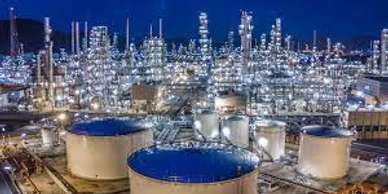
The Ras Markaz terminal is Oman's strategic oil storage facility, not a refinery itself, though it serves the Duqm Refinery via an 80km pipeline. With a 40 sq km area and 200 million barrel storage capacity, it functions as a major crude oil hub, storing and facilitating the import, export, and blending of various crude oils outside the Strait of Hormuz.
The terminal can store approximately 200 million barrels of oil, a significant capacity designed to meet regional and global demands.


The Ras Markaz project is a key part of Oman's economic diversification strategy, supporting in-country value and job creation,Its strategic position outside the Strait of Hormuz makes it an attractive location for international companies to store oil, enhancing global oil distribution.
The Ras Markaz Crude Oil Storage Terminal in Oman features a combined storage structure that includes onshore tank farms, floating platforms for tankers, and a network of submarine and land pipelines. The facility is strategically located outside the Strait of Hormuz, making it a critical hub for international crude oil storage and trade.
When fully complete, the terminal is designed to hold up to 200 million barrels of crude oil. The development is occurring in several phases, with the first phase including eight tanks with a capacity of 650,000 barrels each.
Powerful pumps are used to move Diesel and crude oil from the floating terminal to the onshore tanks, which are situated more than 100 meters above sea level. .